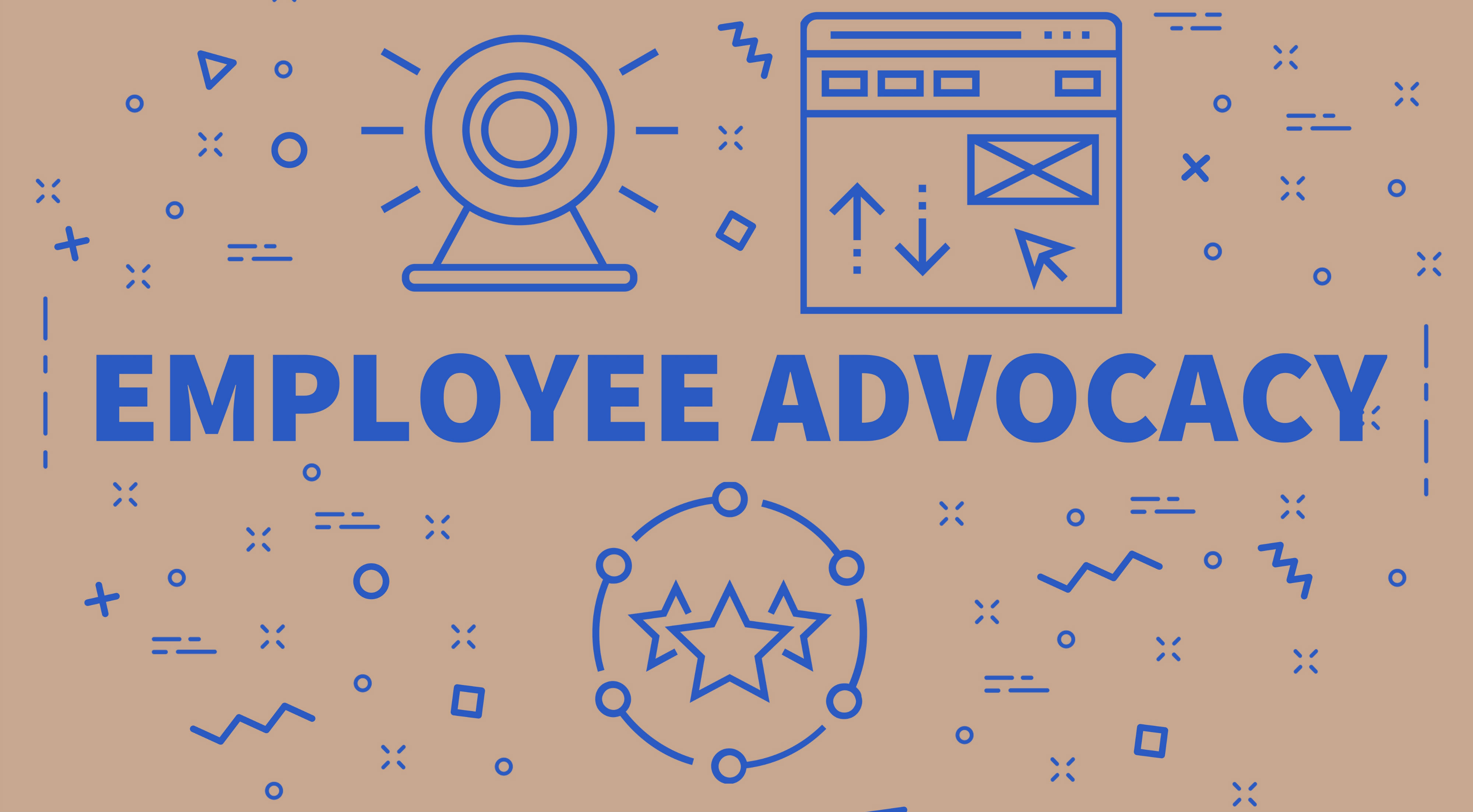Employee advocacy is what happens when the employees of a given company, of their own choosing, become evangelists and influencers for that company. We most often think of this in terms of what happens on social media, but advocacy also takes place via email, chat, texting, and even offline. Learn how employee advocacy has its benefits to help increase brand awareness.
Employee Advocacy as a Marketing Strategy
They say the hardest part of any inbound direct marketing campaign is making the “inbound” part happen, whether that be a phone call, a live chat request, a form submission, or an electronic order. We can and do use a variety of methods, digital and otherwise, to make that happen.
Now compare and contrast that with a personal recommendation from someone you know. “Call this company or go on their website and they’ll take care of you. Be sure to let them know that you know me and if you run into any issues, let me know and I’ll help you.”
Surely some of you are thinking, “That’s nothing new; that’s just like word-of-mouth.” Yes, exactly! It’s very much like word-of-mouth and yet it’s much more than that. Employee advocacy behaves like word-of-mouth, and carries pretty much all the same benefits, but it’s an inside job!
Benefits of Employee Advocacy
First and foremost, an employee advocacy program — a deliberate and highly organized sequence of activities — is one more tool in the arsenal that may help a small business reach its goals. Here’s how.
• Employees know people who don’t follow your company. Therefore, employee advocacy expands the brand’s audience and may result in greater awareness, more followers, etc.
• The data consistently indicates that employees have more influence in some aspects than the CEO or even a celebrity spokesperson. This seems to prove that employee advocates may have more pull than do these other prestigious individuals.
How to Build an Employee Advocacy Program
So far we have explored the what and the why of employee advocacy programs as they apply to digital marketing strategies and brand awareness. As we explore the how of building an employee advocacy program, you may come to see why this marketing tactic isn’t more widely utilized by small businesses.
1. Employers cannot mandate advocacy. They do not own the employees or their respective social media accounts. But while they cannot mandate, they can influence. Therefore they must actively engage employees and in effect make disciples of them.
2. A viable employee advocacy program must be measurable in some way. Key performance indicators (KPI) must be defined and tracked. Examples of employee advocacy KPI include postings and/or shares per employee, leads generated per employee, organic reach attributed to the program, and more. If you can’t measure it, you do not have a viable program.
3. Give them a why. Even an engaged employee can be motivated to participate in a program of this sort by rewarding the desired behavior. This can take many forms, such as paid bonuses, exclusive perks, personal recognition, and more.
4. Set specific guidelines. Just as an employee may not mandate employee participation on social media, neither should they leave it up to the employees to sort out for themselves what they should share, specific language do’s and don’ts, protocols for responding to others, etc.
These policies should be in plain language, probably reviewed and approved by the employer’s attorney, and not only made available to employees but also discussed, in order to identify and address any gray areas.
At Spring-Green our industry-leading marketing strategy includes a viable employee advocacy program. Call 1-800-777-8608 or visit us at www.growmygreenindustrybusiness.com if you would like to learn more about diversifying your green industry business with Spring-Green.

